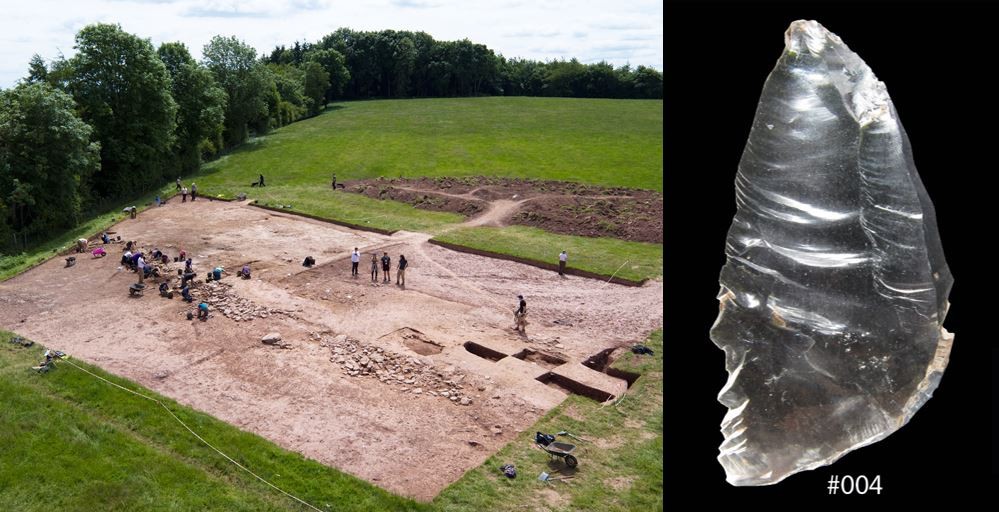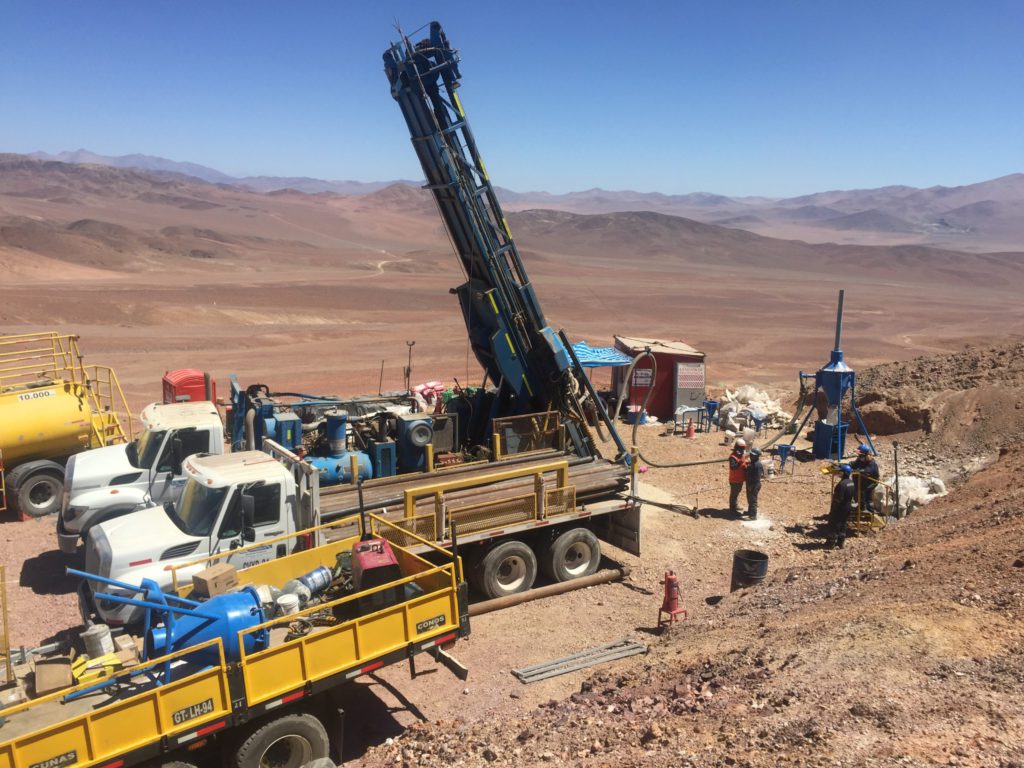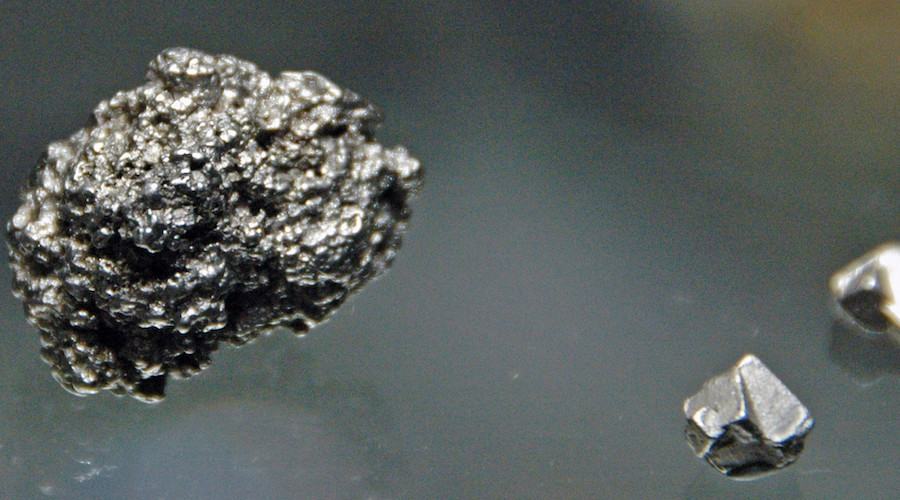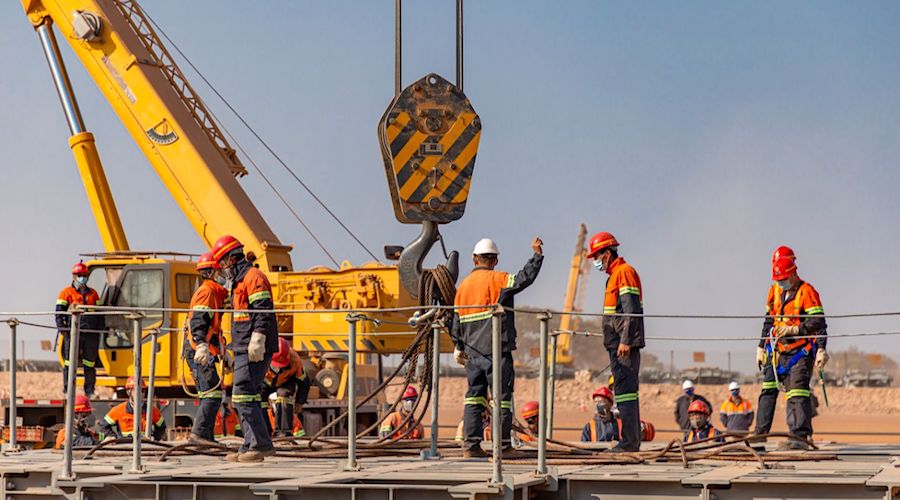Why prehistoric Brits fancied rare quartz

Together with colleagues from the University of Cardiff and Herefordshire County Council, the researchers worked on a dig at Dorstone Hill in Herefordshire, a mile south of another dig at Arthur’s Stone. There, they studied a complex of 6000-year-old timber halls, burial mounds and enclosures from the Early Neolithic period, when farming and agriculture arrived in Britain for the first time.
As well as a range of artifacts including pottery, stone implements and cremated bones, they uncovered rock crystal which had been knapped like the flint at the site, but unlike the flint, it had not been turned into tools such as arrowheads or scrapers—instead, pieces were intentionally gathered and deposited within the burial mounds. The experts believe the material was deposited at the site over many generations, potentially for up to 300 years.

Only a few places in the British Isles have produced pure crystals large enough to generate the material at Dorstone Hill, the closest being Snowdonia in North Wales and St David’s Head in South West Wales. This means that the ancient Brits must have carried the material across large distances to reach the site.
As a result, the archaeologists speculate that the material may have been used by people to demonstrate their local identities and their connections with other places around the British Isles.
“It was highly exciting to find the crystal because it is exceptionally rare—in a time before glass, these pieces of perfectly transparent solid material must have been really distinctive,” lead researcher Nick Overton said in a media statement. “I was very interested to discover where the material came from, and how people might have worked and used it.”
Since the crystals probably looked very different from other stones they used, and are extremely distinctive as they emit light when hit or rubbed together and produce small patches of rainbow, Overton and his co-authors argue that their use would have created memorable moments that brought individuals together, forged local identities and connected the living with the dead whose remains they were deposited with.
This post has been syndicated from a third-party source. View the original article here.




